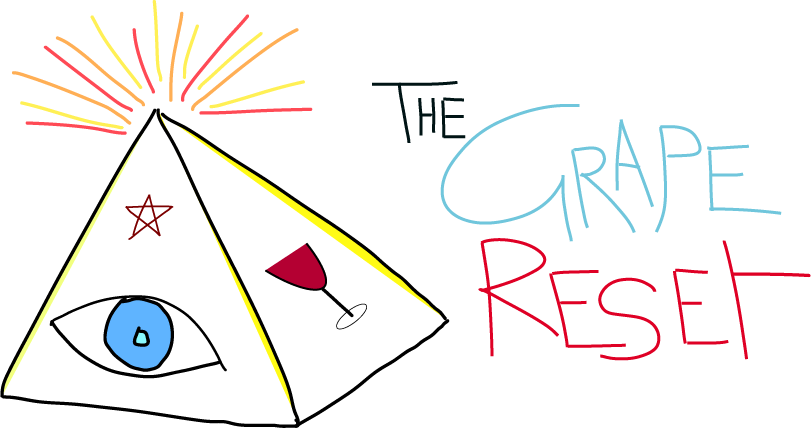Tony Bornard
〰️
Tony Bornard 〰️
Tony Bornard is a prominent natural winemaker based in Pupillin, a small village in the Jura wine region of eastern France, near the Swiss border. He is the son of Philippe Bornard, a key figure in Jura’s natural wine movement and a neighbor of the legendary winemaker Pierre Overnoy. Tony took over the family estate, Domaine Bornard, in 2017 after his father’s retirement, merging it with the 2.5 hectares he had independently established in 2013, bringing the total to approximately 11–14 hectares. The domaine is certified organic (AB) and farmed biodynamically, focusing on Jura’s native grape varieties: Poulsard (locally called Ploussard), Trousseau, Savagnin, Chardonnay, and the rare Melon à Queue Rouge, a Chardonnay variant.
Winemaking Philosophy and Practices
Tony Bornard is known for his minimal-intervention approach, producing natural, pure, and expressive wines that reflect the Jura’s unique terroir, characterized by complex marl and limestone soils. His methods include:
Biodynamic and Organic Farming: Vines are cultivated without synthetic chemicals, emphasizing soil health and biodiversity.
Natural Vinification: Spontaneous fermentation with native yeasts, no additives, and minimal or no added sulfites (often <10 mg/L).
Long Aging: Whites, especially Savagnin, may age for up to three years in large oak foudres, enhancing complexity and freshness. Reds like Poulsard and Trousseau are often fermented in stainless steel or fiberglass tanks before oak aging.
Experimental Approach: Tony crafts a range of styles, from light, juicy reds like Ploussard “Le Ginglet” to traditional Vin Jaune and Macvin, while occasionally experimenting with techniques like amphora aging for orange wines.
Key Wines and Characteristics
Domaine Bornard’s wines are celebrated for their authenticity, vibrancy, and distinct Jura character, often featuring a signature red fox on the label. Notable cuvées include:
Ploussard (Poulsard): Light, low-alcohol (e.g., 10.5%) reds like “Le Ginglet” and “La Chamade,” with juicy red fruit (strawberry, raspberry), soft spices, and a silky texture. These are highly drinkable “glouglou” wines with aging potential.
Trousseau: Structured reds like “Le Ginglet” or “Au Fil des Générations,” with rose, cherry, and vegetal notes, offering both richness and drinkability.
Chardonnay: Mineral-driven whites like “Les Gaudrettes” or “Au Fil des Générations,” with notes of pear, apple, and gunflint, balancing richness and tension.
Savagnin: Complex whites like “Les Marnes” or Vin Jaune, with floral, nutty, and spicy notes (e.g., walnut, curry, citrus), often showcasing precision and long finishes.
Vin Jaune: A traditional Jura oxidized wine aged under a yeast veil, known for its intense, nutty profile.
Annual production is around 55,000 bottles, covering appellations like Côtes du Jura and Arbois Pupillin, though Tony is gradually moving toward Vin de France to allow more winemaking freedom.
Background and Winery
Tony began his career working with his father, Philippe, before studying winemaking and gaining experience in France, the United States, Australia, and New Zealand. His time abroad, particularly in Australia, taught him to avoid invasive techniques, shaping his natural wine philosophy. In 2011, he returned to Jura, focusing on soil health and agronomy. He established his own vines near the iconic “Pupillin” sign in the Arbois-Pupillin appellation, the “world capital of Ploussard.” In 2017, he took over the family domaine, located in Pupillin’s oldest building, and built a state-of-the-art winery with a dedicated area for maturing white

